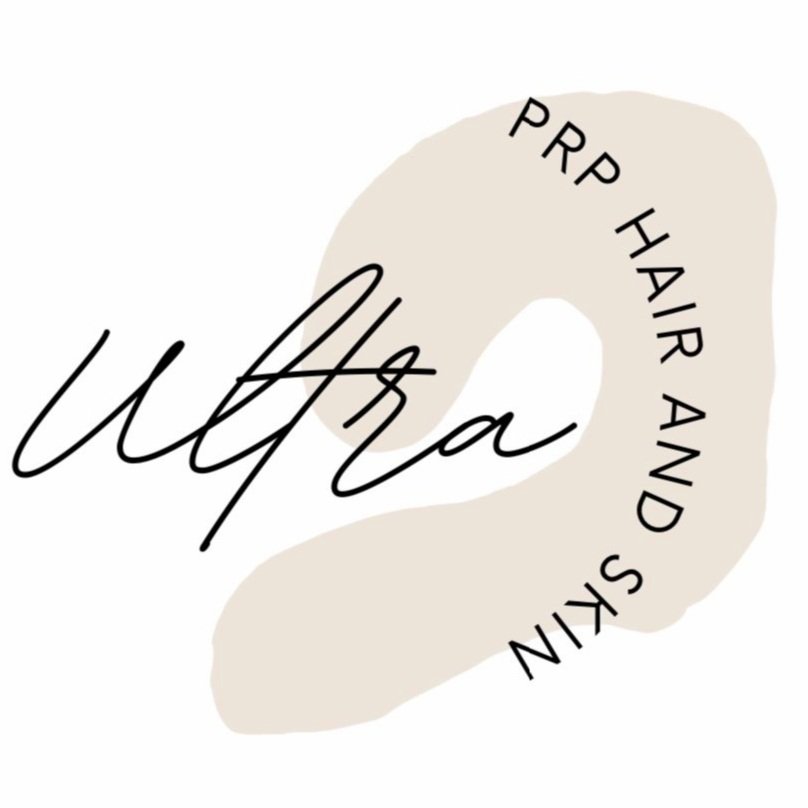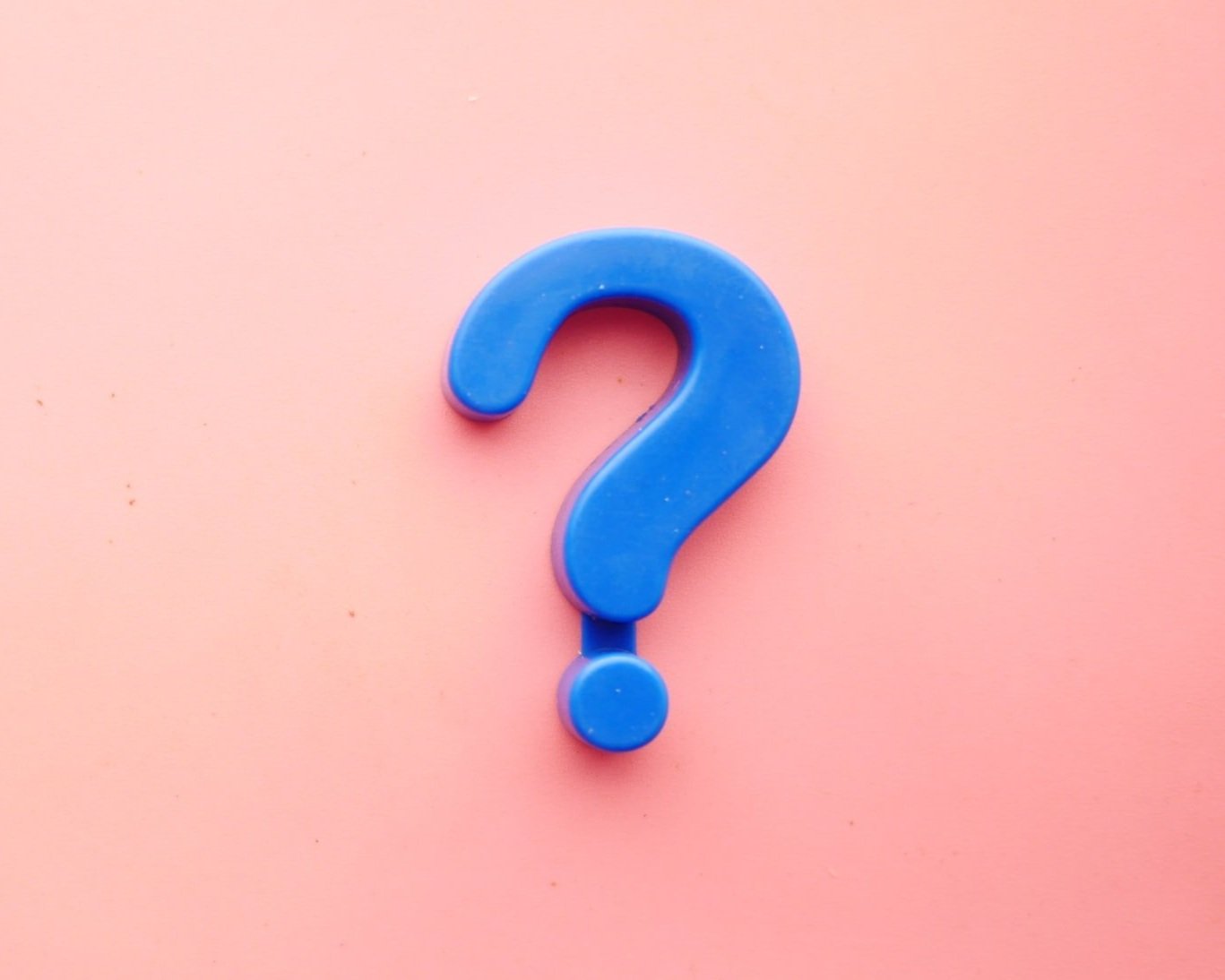Frequently asked questions.

-
What is involved in my PRP Hair Regrowth Treatment?
A clinic visit every 2-3 weeks for treatment.
Injections of PRP followed by micro-needling.
Daily topical solution and derma roller at home for self-treatment.
What should I prepare prior to each treatment?
Please wash your hair before your visit.
Treatment progression photos are requested from you during the 12-24 weeks interval.
Are PRP Injections Painful?
PRP injections are generally well-tolerated by most individuals. While some patients may experience mild discomfort or pressure at the injection site, it is typically minimal and temporary.
Are PRP Injections Safe?
When performed by qualified healthcare professionals using sterile techniques, PRP injections are considered safe. PRP is derived from the patient's own blood, reducing the risk of allergic reactions or transmission of infectious diseases.
Are PRP Results Permanent?
The longevity of PRP results can vary depending on several factors, including the individual's unique biology, underlying health conditions, lifestyle factors, and adherence to post-treatment care instructions. While PRP injections can stimulate hair growth and improve skin texture and tone, maintenance treatments may be necessary to sustain the results over time.
Are there any side effects?
Sometimes patients experience itchy or scaly scalps.
Mild erythema.
Warm scalp and mild pain.
Please note, you are expected to experience temporary hair loss during the first 3 sessions as the new healthier and thicker hair pushes the older hair shaft.
-
What should I expect during my PRP Microneedling treatment?
This treatment uses controlled micro-injuries to stimulate your skin’s natural healing process.
We take a small sample of your own blood to concentrate the plasma, as it contains a variety of growth factors and other beneficial proteins.
Next, topical anesthetic cream will apply to your face.
Then the clinician will pass over PRP with a microneedling pen.
What does PRP do for my skin?
Treat fine lines and wrinkles, superficial pigmentations and scars.
Enhance hollowing areas.
Improves overall skin texture.
What is involved in my PRP Skin program?
A clinic visit every 4-6 weeks for the first 3 treatments.
Complimentary LED therapy and medical-grade face mask will be included in each session.
What should I prepare prior to each treatment?
Please do NOT plan any medical peel, laser or injectable treatments 4 weeks prior to your PRP treatment.
Please notify your clinician if you have done any surgery or procedures around your treated area
Treatment progression photos are requested to monitor your skin progression.
Please do NOT book your PRP session if you recently got sunburned in the treating area.
Are there any side effects?
Sometimes patients experience itchy, scaly or dry skin.
Mild erythema and pinpoint bleeding.
Warm or 'sunburn' feelings to the treated areas.
-
What is LED Light Treatment?
The best pain-free and non-invasive treatment for facial rejuvenation.
Our LED Therapy uses varying low-level wavelengths of light, including red and blue, to rejuvenate the skin. It reduces acne breakouts and calms post-inflammatory scarring and rosacea. Used before and after other skin treatments, LED Therapy speeds up healing, reduces downtime and accelerates results.
What would I benefit from receiving LED Light Therapy on my skin?
Clearing acne and breakouts
Healing and repairing skin
Calming redness and rosacea
Soothing inflammation
Rejuvenating skin
How many treatments should I have?
We recommend you to start with a commitment of 20 minutes once per week for a minimum of 5 weeks.
Does it hurt?
It’s completely safe and totally painless. There are no side effects to worry about. The treatment feels similar to lying in warm sunlight, except your skin won’t be affected by harmful UV rays.
What does Red and Blue light do to my skin?
Red: reduce inflammation and stimulate the production of collagen, a protein responsible for younger-looking skin that diminishes with age. It can also improve overall facial texture and reduce scarring. This is the most common color users select.
Blue: destroy acne-causing bacteria (P. acnes). It kills the bacteria that causes acne in the first place. This is the favorite for those who have been struggling with Acne and have a hard time with ingredient based solutions.

